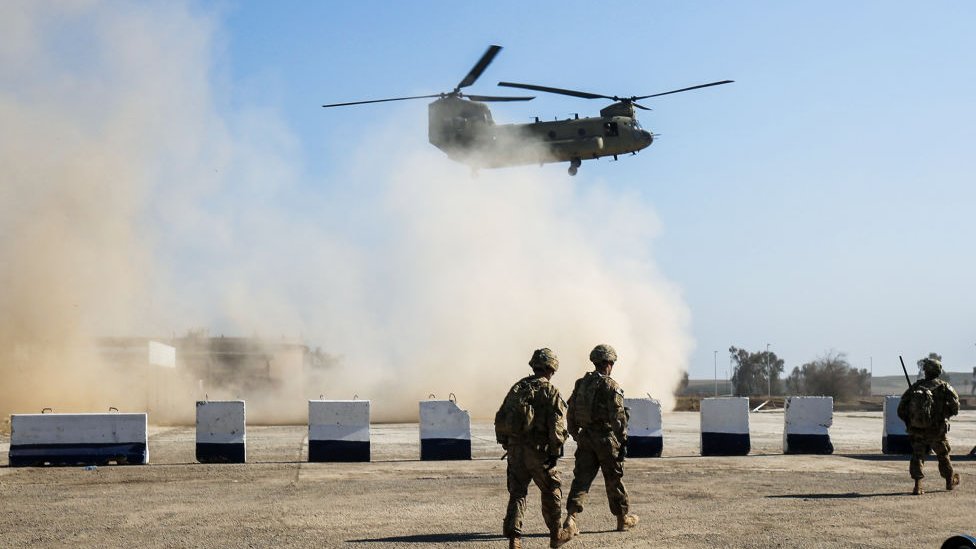
As the months pass by without any positive developments in Afghanistan, the situation continues to get murkier. The outgoing Trump administration’s decision to withdraw an additional 2000 troops—leaving the US tally of troops stationed in Afghanistan to 2500—might just lead yet another increase in violence.
The stated deadline of the pullout—January 15, 2021—means that it comes only five days before the transition between the Trump and Biden administrations. How convoluted that situation will get remains to be seen, but either way, there is so far some confusion as to what direction the US policy in Afghanistan will take after a new President takes office. It is doubtful that President-elect Biden will send its armed forces back, so Afghanistan will have to live with the 2500 soldiers that will remain once this new order has been implemented.
Amidst the US’ unilateral decisions, the future of Afghanistan hangs in the balance, with no prospects of resolution in the short run. Violence has continued to increase in the last few months, with some particularly grisly attacks on civilians. The Taliban and the Afghan government are sitting at the negotiating table, but not much has come of it. Long-standing issues such as power-sharing and the structure of the state going forward remain key stumbling blocks.
But with the US focused inward, all of this could quickly lead to a complete breakdown in talks if there is a refusal by both sides to find compromise. The Biden Administration—once it comes into power—would have to set clear policy goals for the negotiations quickly, in order to break the deadlock. Perhaps that is what at least one of the sides is waiting for anyway; to see whether a change in leadership can open up more room to manoeuvre. The start of the next year will be a critical point for the negotiations—for better or worse.
Source: https://nation.com.pk/19-Nov-2020/troop-withdrawal

